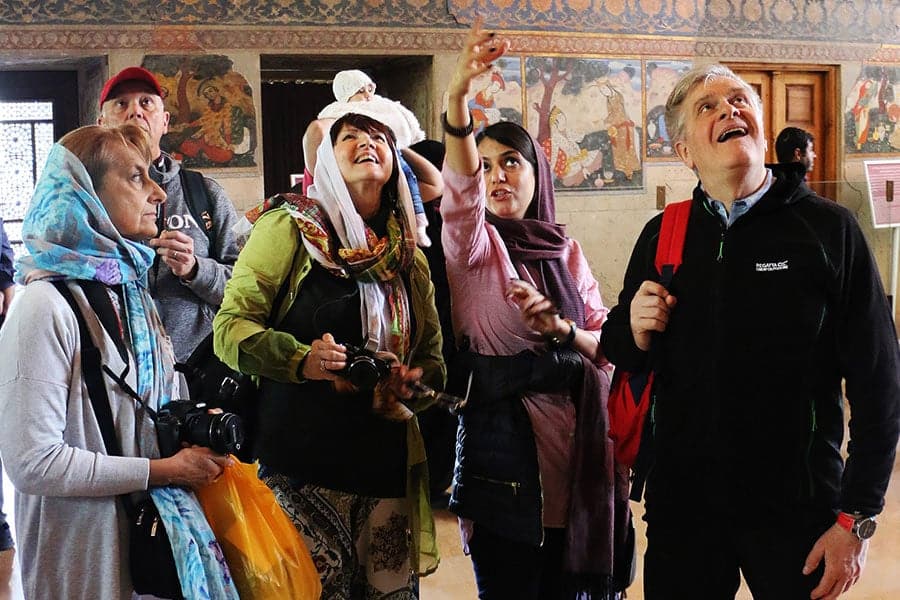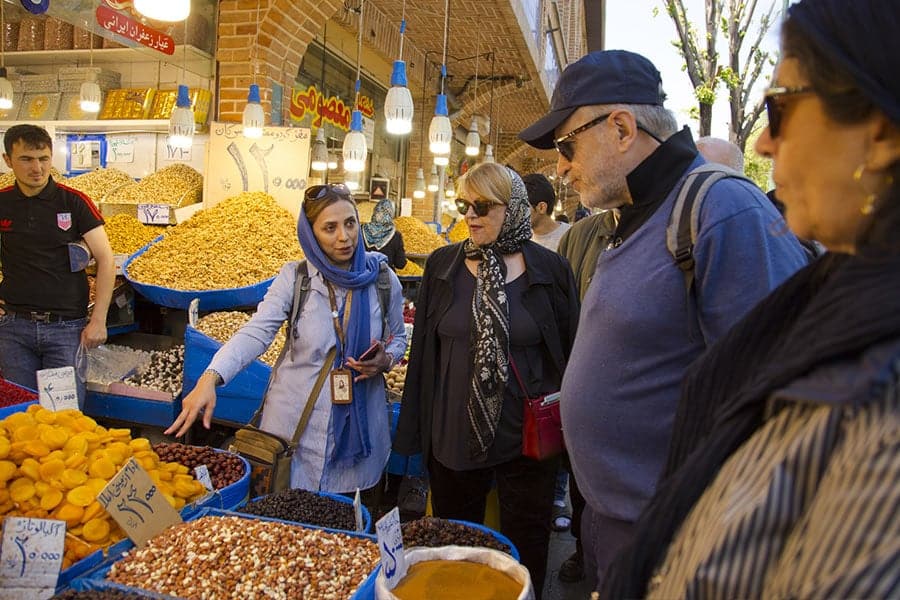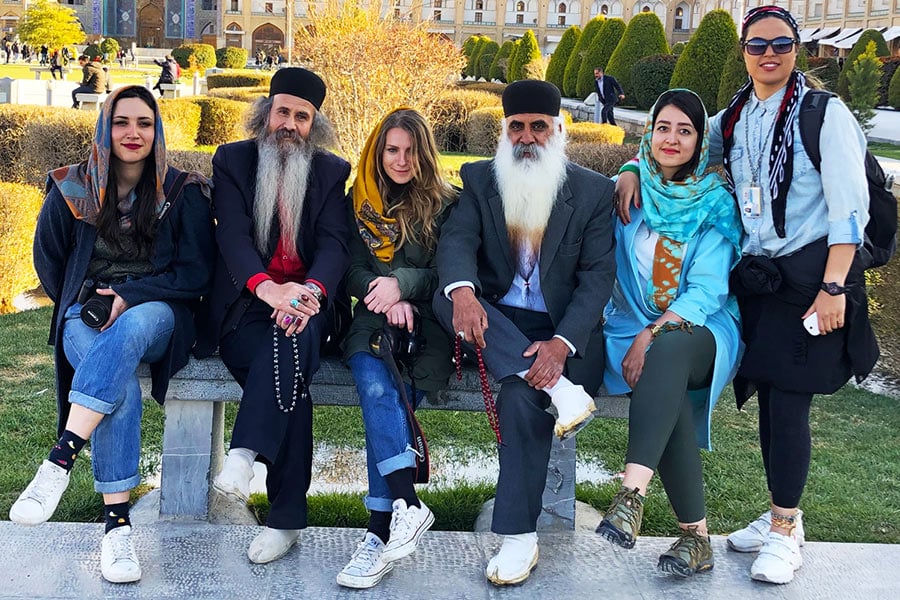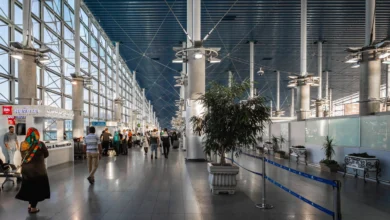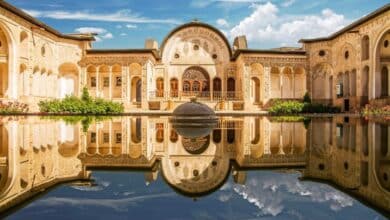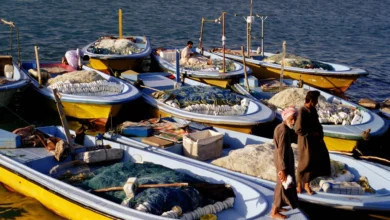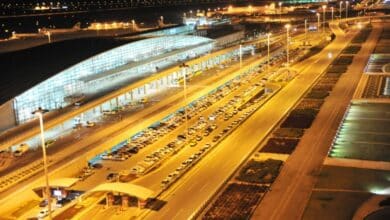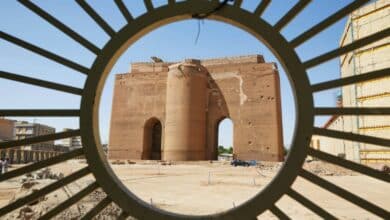Step Back in Time: Discover Tehran’s Oudlajan Neighborhood
The History of Tehran in a Neighborhood

Located right at the heart of Tehran, the Oudlajan neighborhood stands as a testament to the rich cultural heritage and historical significance of Iran’s capital. Many tourists, mesmerized by the hustle and bustle of bazaars and the modern towering skyline of the metropolis, often overlook Oudlajan. It offers a unique perspective on the architectural and social texture of Tehran’s past. With its narrow alleys, intricate tilework, and traditional Persian houses, this quarter invites visitors to go back in time and walk the streets of time.
Contents
History

Oudlajan is an ancient territory of trade and commerce, linked with the Qajar dynasty in the 19th century. The etymology of the word “Oudlajan” is rooted in the Persian language and might relate to oud, a traditional musical instrument manufactured and traded in the area. Throughout the passage of time, it has boasted a varied population with merchants, artisans, and craftsmen, these elements bringing life into economic and cultural activity in this quarter.
As one walks through Oudlajan, it is not at all hard to imagine how life must have been when this place was at its zenith. The neighborhood was well-placed, geographically speaking, near the Grand Bazaar and privileged to facilitate trade routes between Iran and the rest of the world. Architecture still speaks volumes of such a rich past; with its classic Persian houses, intricate courtyards, high ceilings, and stunning tilework, this city tells stories of a communal spirit that has lived on for generations.
Architectural Heritage
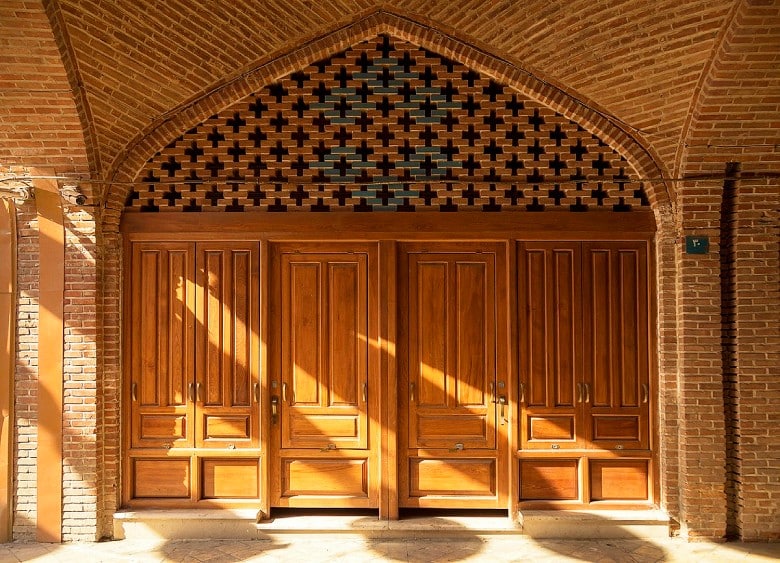
Oudlajan is instantly recognizable with its unique blend of traditional Persian and Islamic architecture. Houses are well-preserved, decked out with intricate stucco work, latticed windows in wood, and colorful tile mosaics portraying everything from floral to geometric patterns, the personification of Persian craftsmanship.
The best in this neighborhood is the hundred-year-old Mosalla-ye Oudlajan Mosque. It is, or could be called, the area’s central or meeting point in regard to local activities. The architecture of this mosque is typically Persian, from the dome to intricately adorned prayer halls. The visitors have remained surprised with the serenity that this place gives inside the walls, where ancient art of calligraphy mingles with architectural beauty.
BOOK ONLINE
Tehran Hotels
Another architectural treasure is the old Bathhouse of Oudlajan or Hammam, which reflects the bathing tradition that once played an important part in Iranians’ everyday lives. While presently it is no longer used as an active bathhouse, the construction has been saved and is an interesting example of the shining designs and social rites that occurred therein.
Cultural Significance
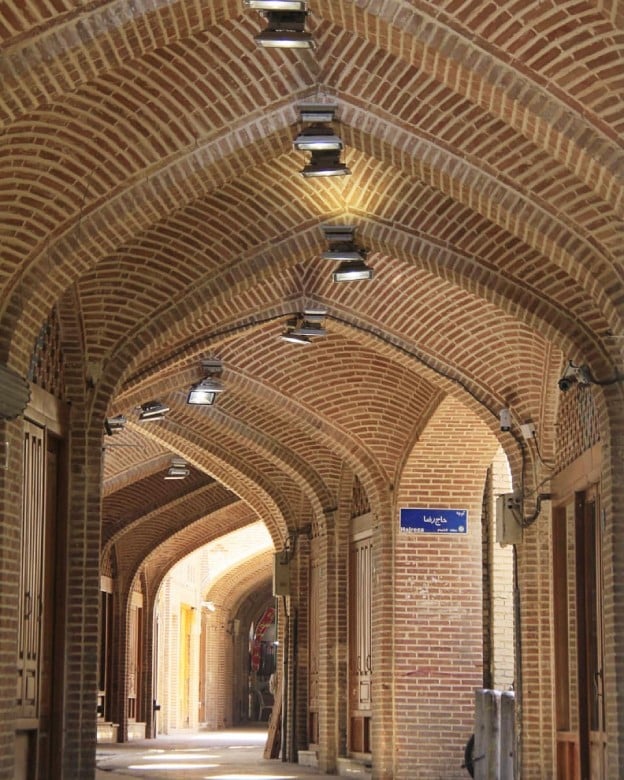
Beyond the architectural marvels, Oudlajan bears vibrant witness to cultural behavior and social relations in Tehran. It has regularly been a residence for numerous artists, musicians, and writers who mostly lived and worked during their lifetime. The spirit of creative expression is very alive with small galleries around showcasing works of local artists and streets not an uncommon sight to musicians performing.
A visit to Oudlajan offers a very real immersion into the cultural life of contemporary Persia, intertwined with history. Cobblestone pathways are often complete with the chatter of daily life: children at play, neighbors meeting and exchanging warm greetings. Traditional tea houses and eateries line the streets where locals share in tales over cups of fragrant tea and plates of savory Persian dishes. These places often act as informal meeting spots for cultural discussions on tales of Tehran’s past and present.
Neighborhood Exploration
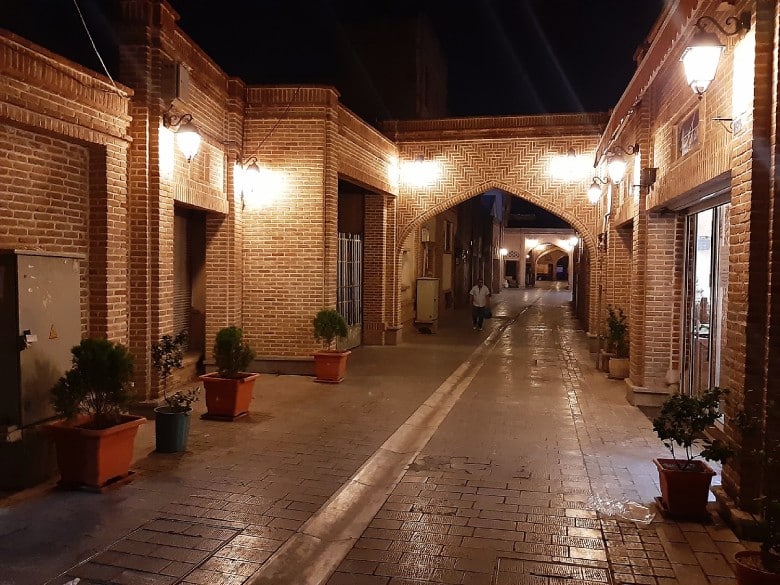
The best way to visit Oudlajan would be to take a whole relaxing day in the view of its many aspects. You can start off at the very entrance of this neighborhood, where there is a small exhibition about Oudlajan and its meaning to the city. Then go deep into the narrow alleys, have a view of craftsmanship in building houses, mural painting, and small shops selling handmade crafts.
One of the places you really need to visit is Ozgol Café, where you will be treated to freshly brewed aromatic Persian coffee complemented with delicious traditional pasties. This is an elegantly decorated café, with Persian rugs and artistic displays giving it a warm and cozy atmosphere to relax in. Sipping your coffee while reeling in the atmosphere is just great, and do get into a conversation with locals who are more than happy to share personal stories related to Oudlajan.
As you go further into it, you come across small artisan workshops where craftsmen are found practicing their age-old techniques in either carpet weaving or pottery craft. Come and converse with these artisans and learn from them more about their crafts. A good number of these skillful artisans are so willing to share their knowledge and might even want to show a hands-on experience in doing so.
Preserving the Legacy
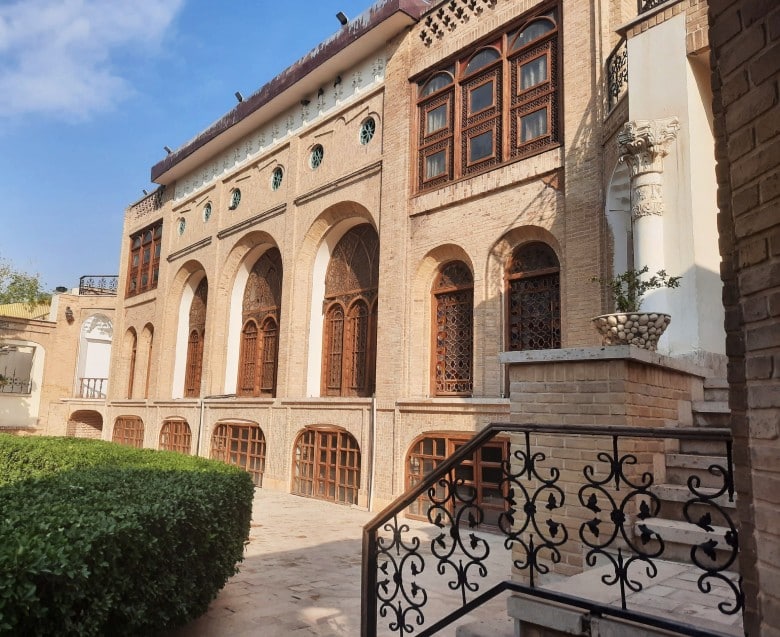
The neighborhood has retained much of its historical character; it nonetheless faces a slew of challenges that make its identity threatened on all counts. The rapid pace of urbanization and the pressures for modernization bring varied concerns of how well its unique character can be preserved. Local organizations and cultural activists labor assiduously to ensure the retention of the heritage carried by Oudlajan and the stimulation of sustainable tourism that will accrue community benefits.
Visitors to Oudlajan should be encouraged to contribute to the facilitation of these programs. Through handicraft purchases or dining in individually-owned, independent establishments, for example, tourists will be contributing to ensure that the residents are economically successful and their community retains its distinctive cultural flavor. A visitor may also attend a function or celebration, which is another method of engaging with community members and discovering those customs that make Oudlajan so unique and special.
IRAN GROUP TOURS
Join our Iran tours, connecting you with like-minded travelers and streamlining the organization process.
Conclusion
More than a neighborhood, it is a living tapestry of the history, culture, and community spirit of Tehran. Visitors here have been allowed to step off the beaten path, which delves into the heart of the city, finding their historical richness uniquely mixed with modern life. Whether it is the architectural beauty that mesmerizes you, a wish to mingle with the locals, or the wish for a peaceful retreat amidst the hustle and bustle of city life, Oudlajan has something to offer everybody.
As you leave, you will probably be going with an addition to your appreciation for the stories underlying this unique neighborhood. Oudlajan reminds us that in this constantly changing world, the preservation of cultural heritage is an important aspect of the times when one can live in this wonderland of enchanting Tehran.
FAQ
What is Oudlajan known for?
Oudlajan is known for its rich cultural heritage, historical significance, and unique blend of traditional Persian and Islamic architecture.
Which famous mosque can be found in Oudlajan?
The Mosalla-ye Oudlajan Mosque, a hundred-year-old mosque known for its Persian architecture, is a central meeting point in the neighborhood.
How can visitors support the preservation of Oudlajan’s heritage?
Visitors can support preservation efforts by purchasing handicrafts, dining in locally-owned establishments, and participating in local events and celebrations.
